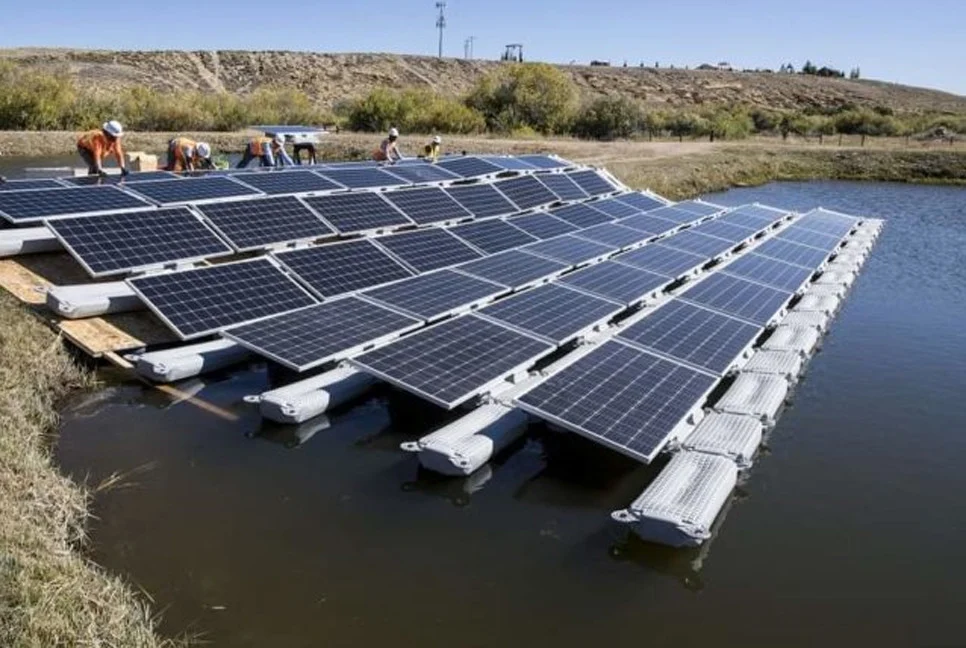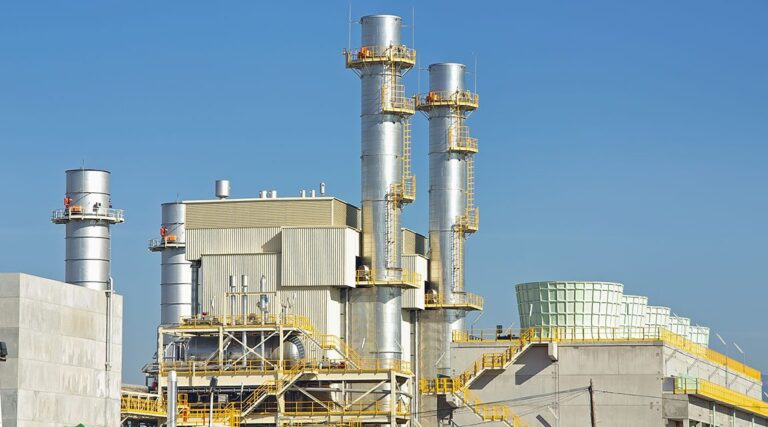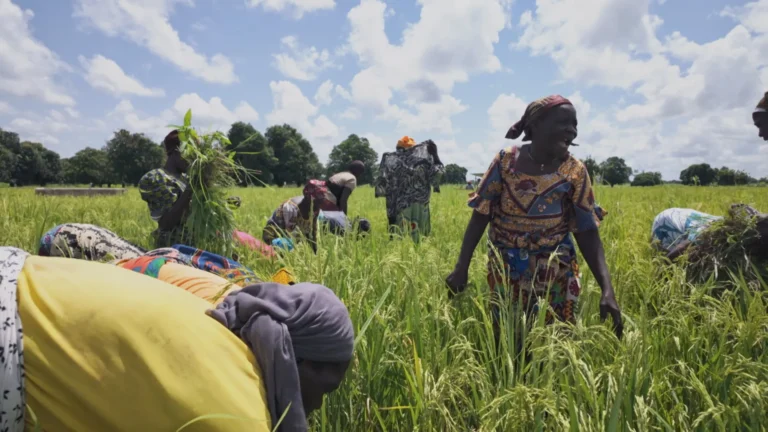
Morocco is stepping up its efforts to safeguard water resources amid a persistent seven-year drought, combining technological innovation with sustainable energy solutions.
Following earlier initiatives such as fog harvesting in the southern regions, the kingdom is now experimenting with floating solar panels on its dams to reduce evaporation while generating renewable electricity.
The pilot project at the Tanger Med dam, launched at the end of 2024, exemplifies this dual approach to resource management.
The Ministry of Equipment and Water initiated the installation of floating photovoltaic panels on the Tanger Med reservoir, targeting both water conservation and energy production.
During normal periods, around 3,000 cubic metres of water evaporate daily from the dam, rising to 7,000 cubic metres in hotter months.
Partial coverage of the reservoir by the panels is expected to cut these losses by approximately 30%.
Currently, over 400 floating platforms have been installed at a depth of 44 metres, with a plan to deploy 22,000 photovoltaic units covering nearly 10 hectares of the 123-hectare reservoir.
The project is expected to generate around 13 megawatts of electricity, powering the Tanger Med port complex. Additional tree plantations around the reservoir will complement the system, mitigating wind-driven evaporation.
This initiative forms part of Morocco’s broader water management strategy, which includes a 67-kilometre “water highway” linking the Sebou basin to the Rabat metropolitan area. Future expansions aim to interconnect multiple dams across the northern and central regions, ensuring more resilient water distribution.
Alongside large-scale infrastructure, Morocco continues to explore low-cost, ecological solutions.
In the Anti-Atlas mountains, high-altitude fog-collecting nets provide drinking water to local communities, demonstrating the integration of renewable energy and innovative technologies to meet growing water scarcity.
Two additional floating solar panel projects are planned: one at Lalla Takerkoust near Marrakech and another on the Oued El Makhazine dam, one of the country’s largest reservoirs.
These projects highlight Morocco’s commitment to modernising water management while supporting its energy transition.
By combining infrastructure, ecological strategies, and technological innovation, Morocco is positioning itself as a regional leader in tackling drought and promoting sustainable resource use.
The Tanger Med initiative may serve as a model for other regions facing water scarcity under climate stress.



